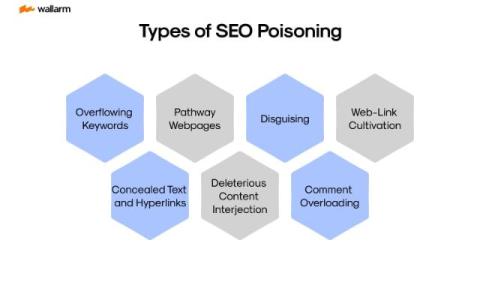Navigating Cybersecurity Challenges in the Manufacturing Sector
The manufacturing sector has seen a significant transformation in recent years, with increasing reliance on digital systems and interconnected devices to streamline operations. While this shift toward Industry 4.0 has brought efficiency and innovation, it has also introduced a new wave of cybersecurity threats. With cybercriminals targeting vulnerabilities in industrial networks, protecting sensitive data and systems has become a top priority for manufacturers.











